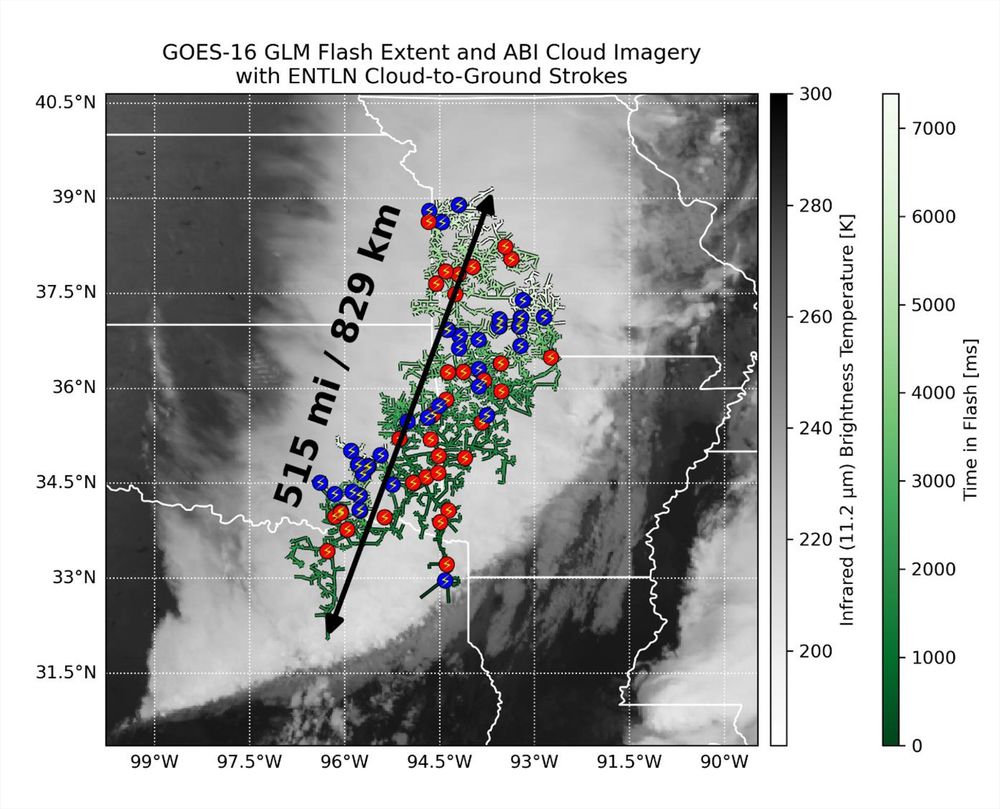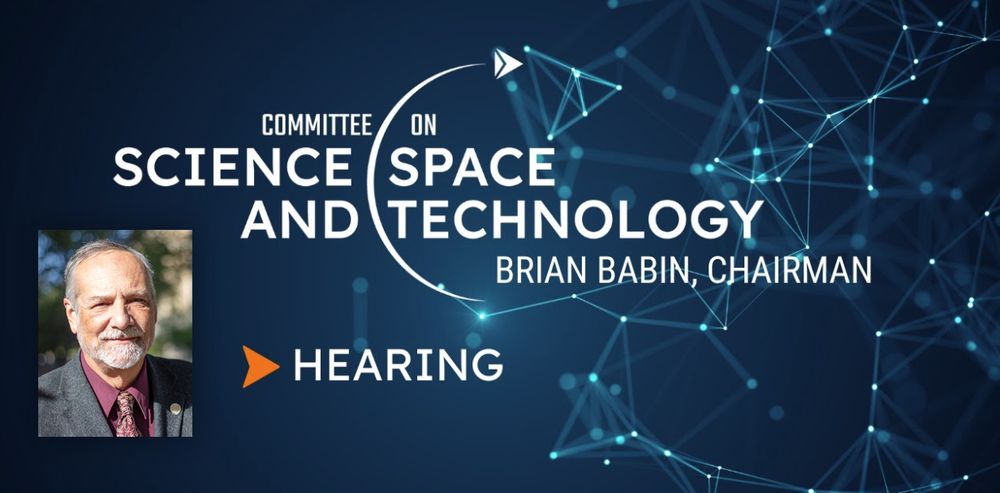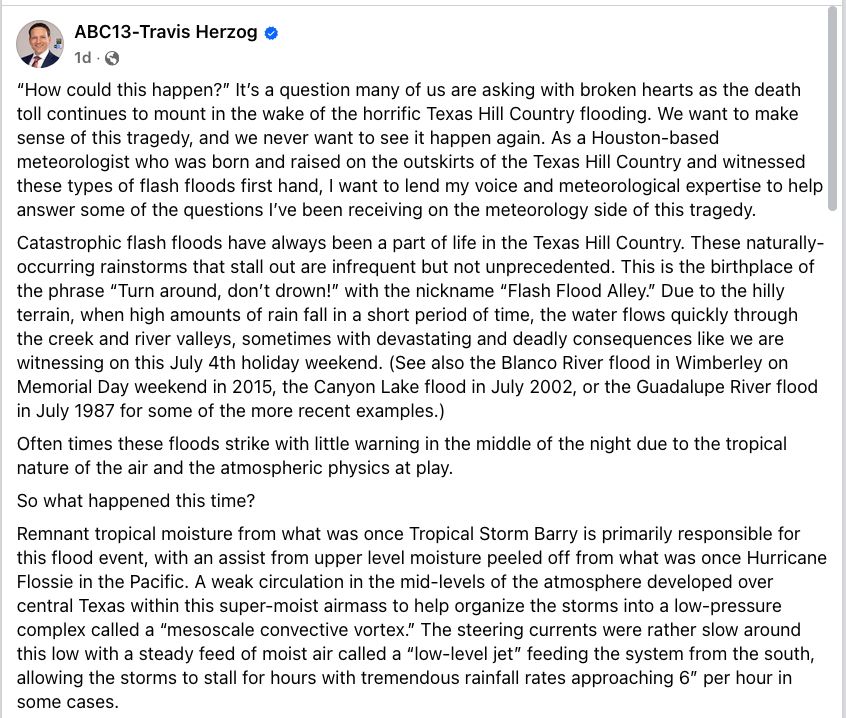TAMU Atmospheric Sciences
@tamuatmo.bsky.social
130 followers
13 following
47 posts
The Department of Atmospheric Sciences at Texas A&M University. Shaping the future of weather through innovative education and cutting-edge research.
Posts
Media
Videos
Starter Packs
Reposted by TAMU Atmospheric Sciences
Reposted by TAMU Atmospheric Sciences





























